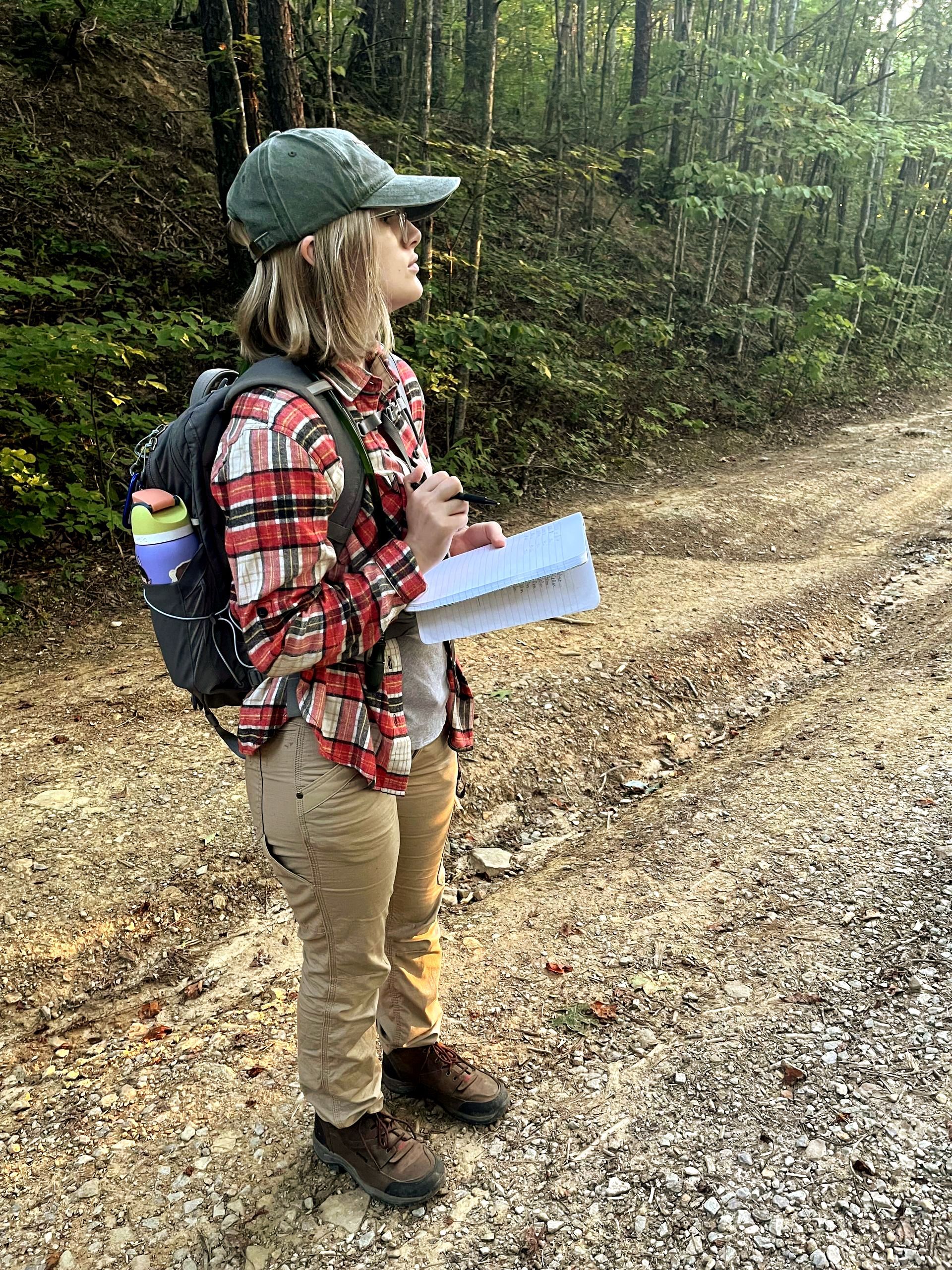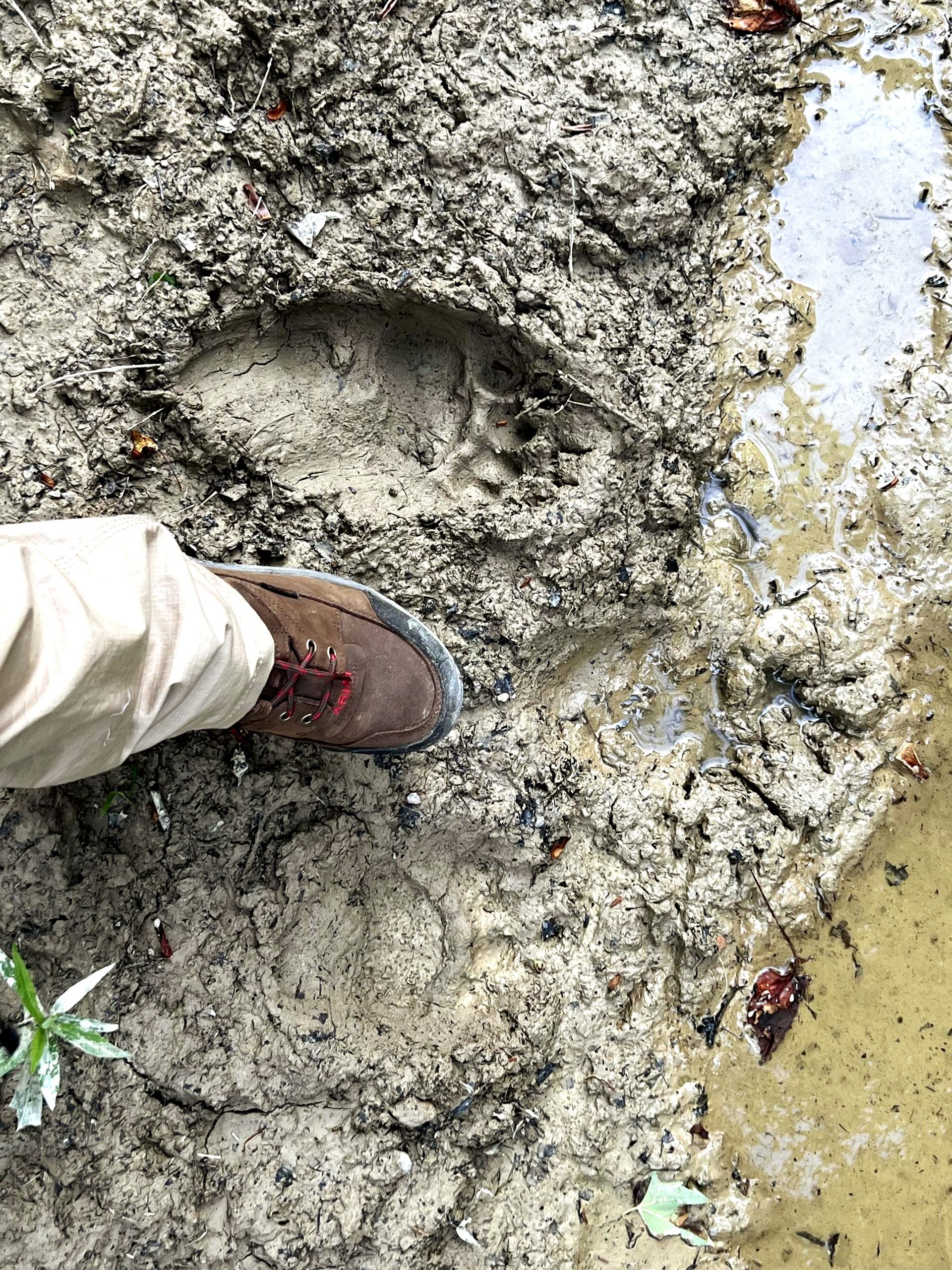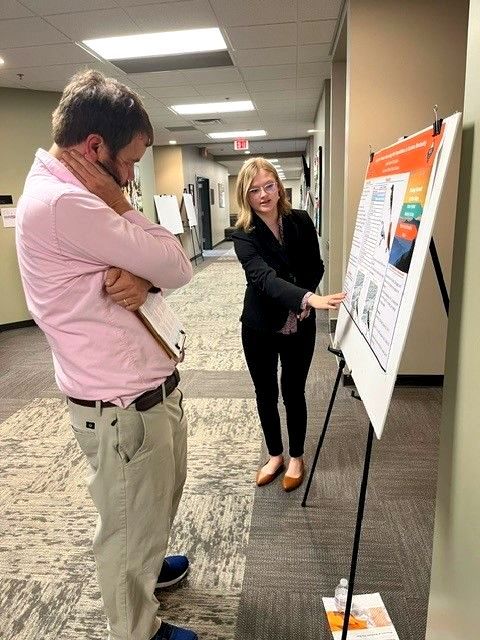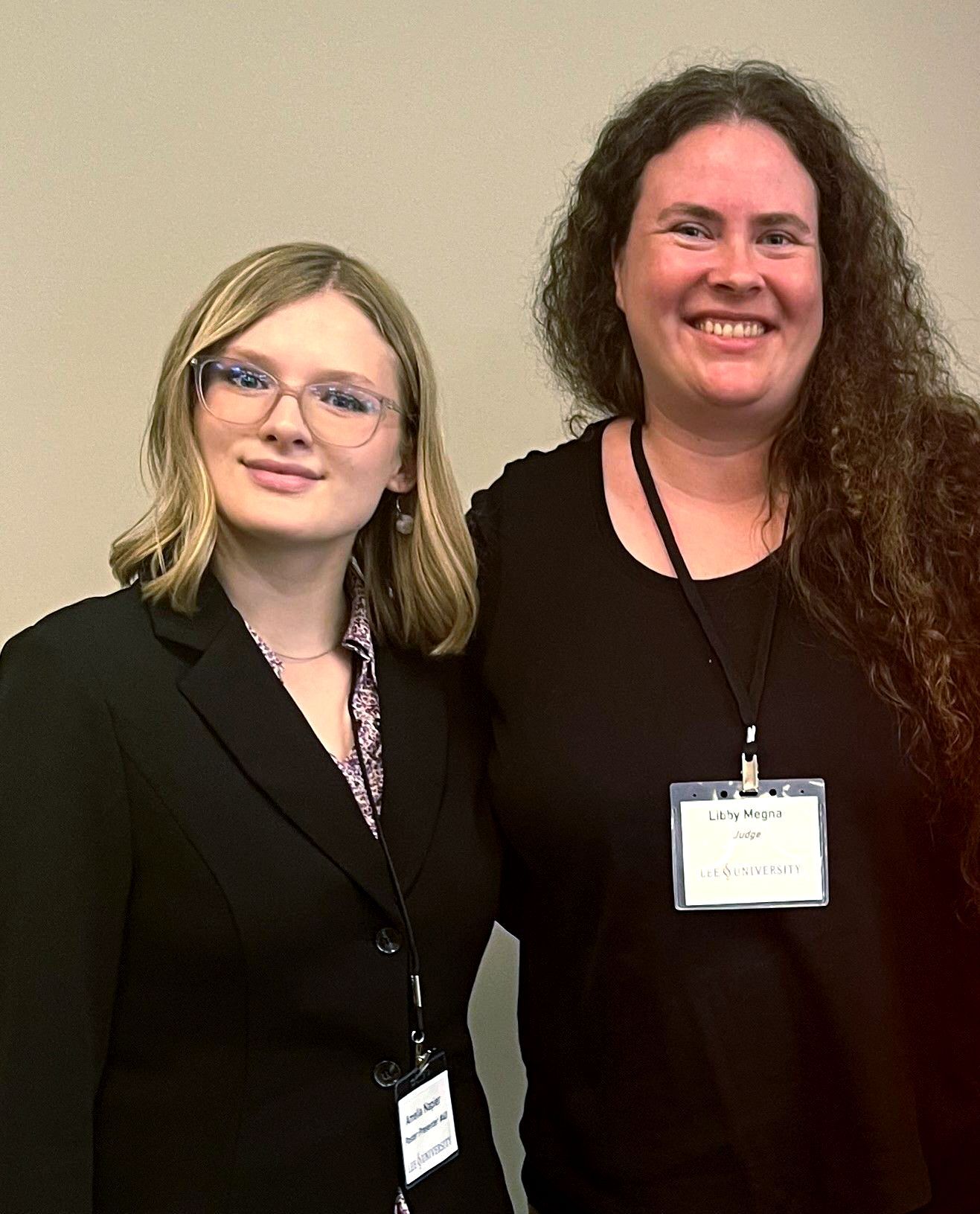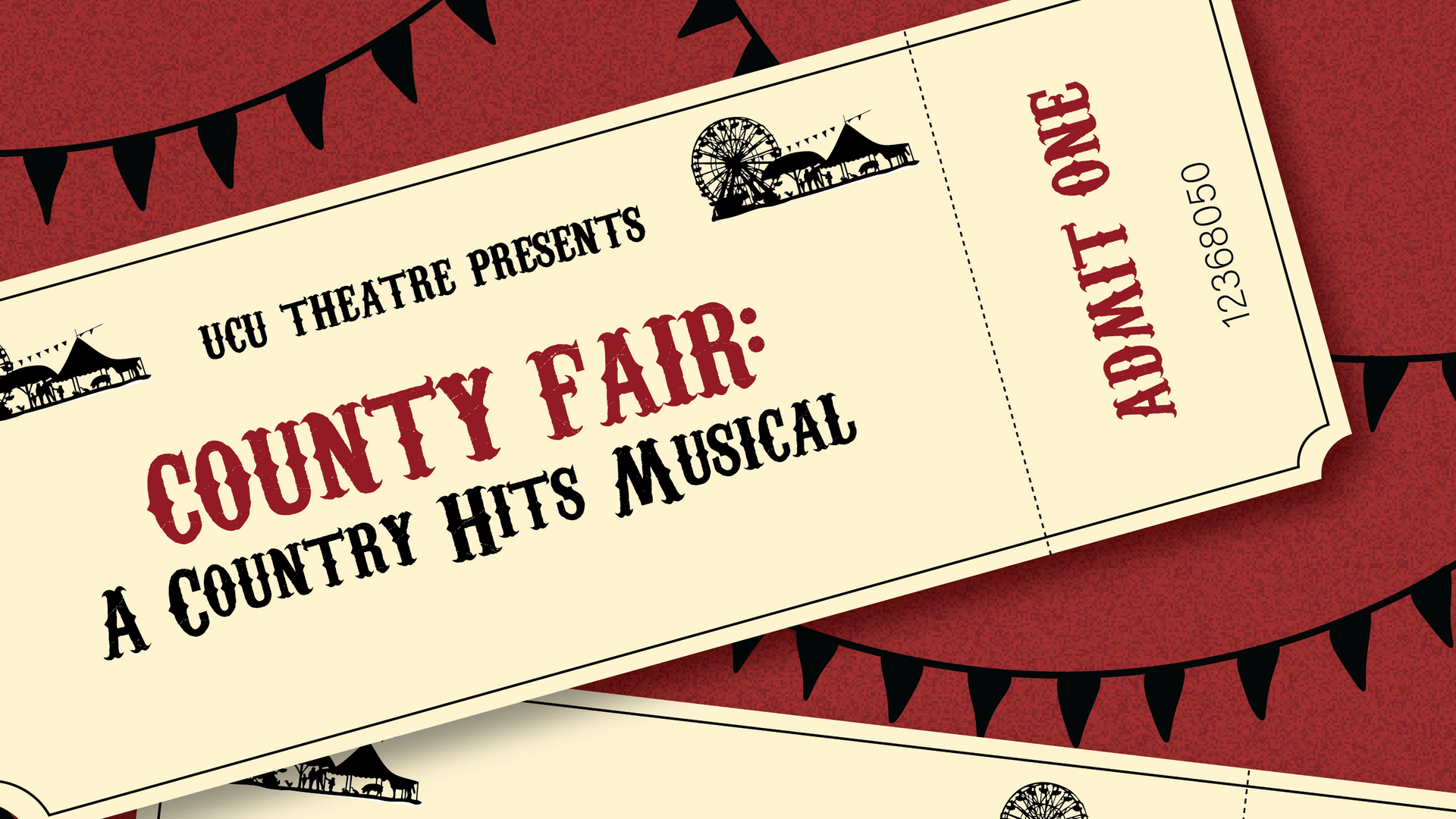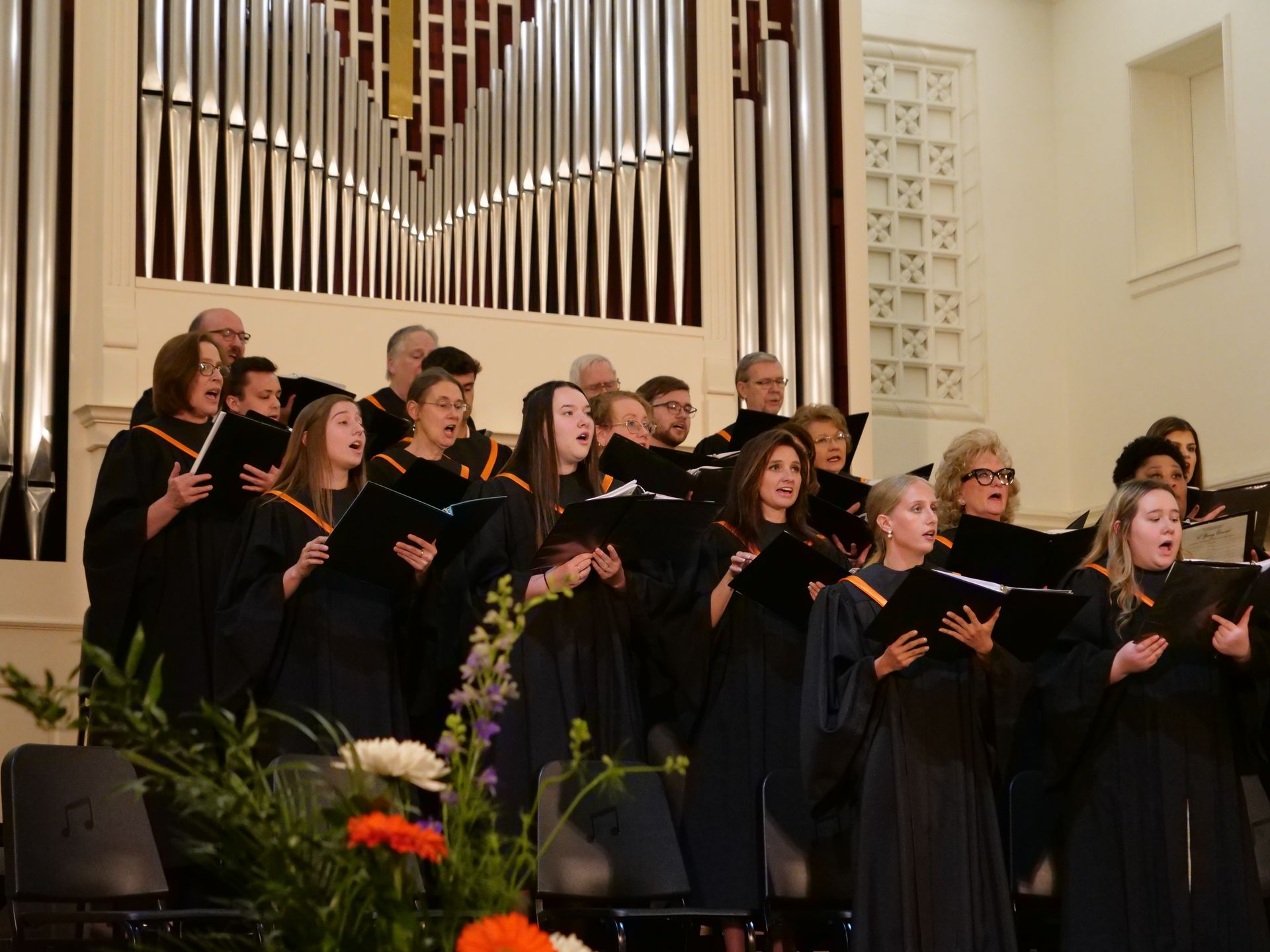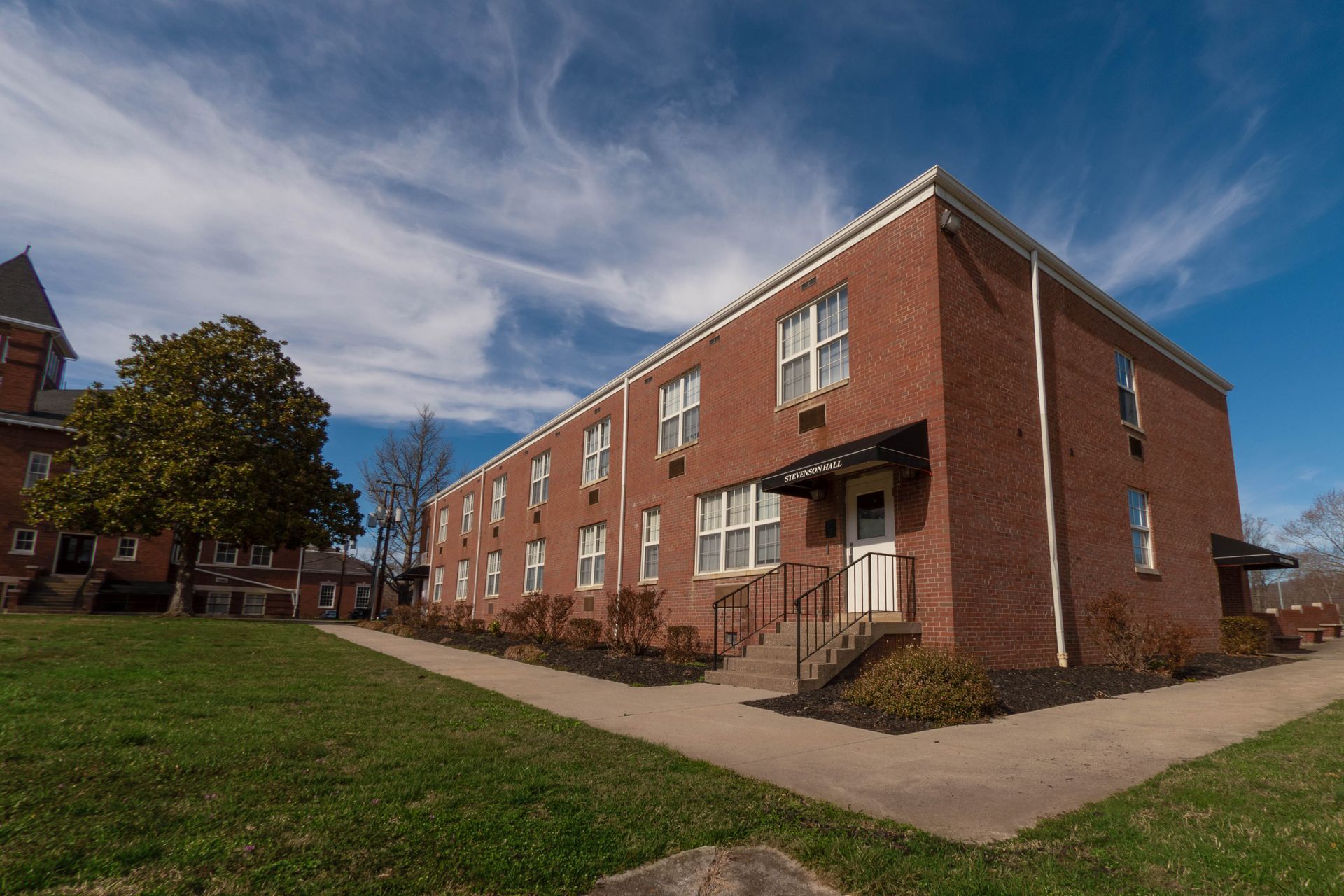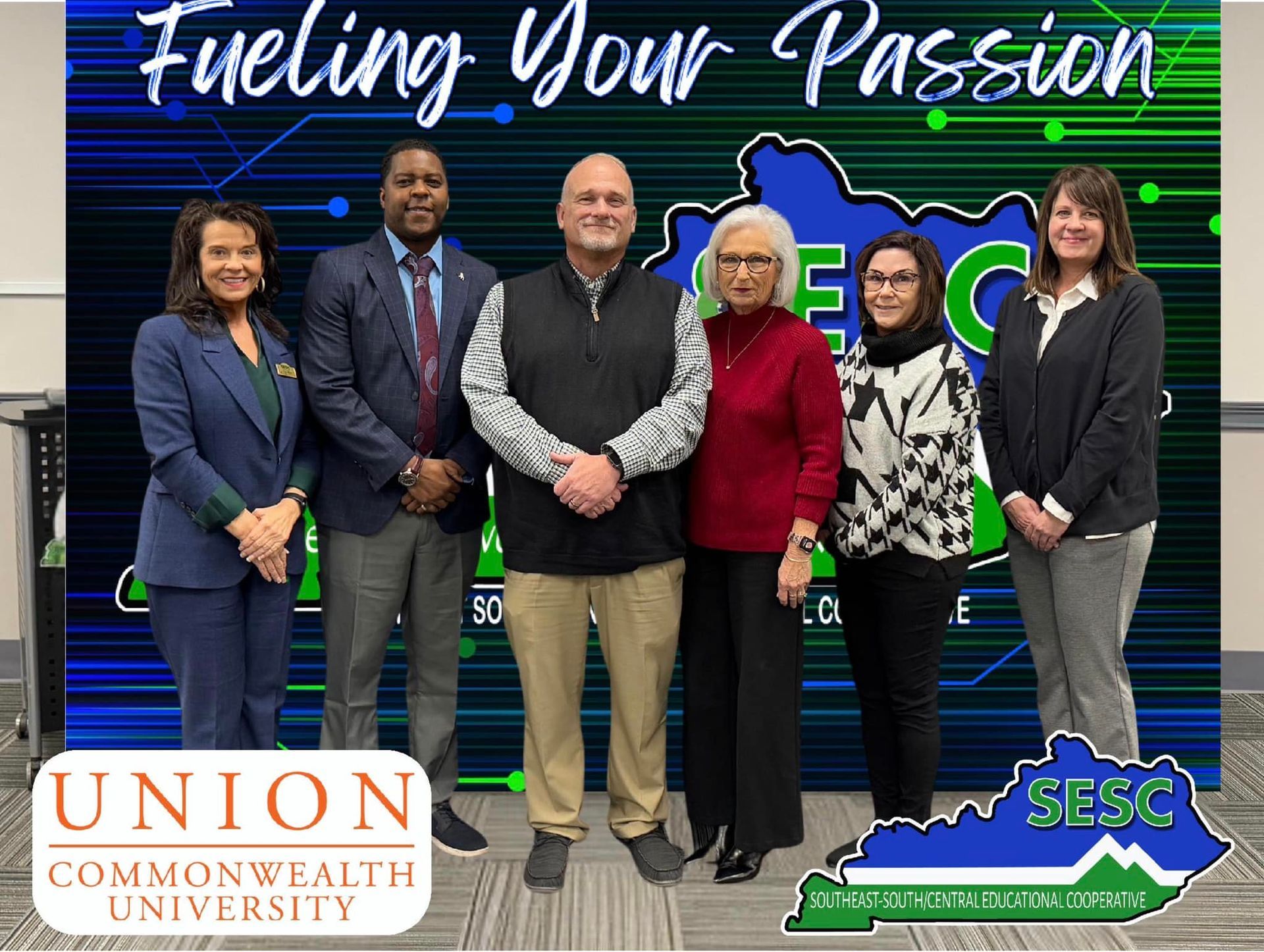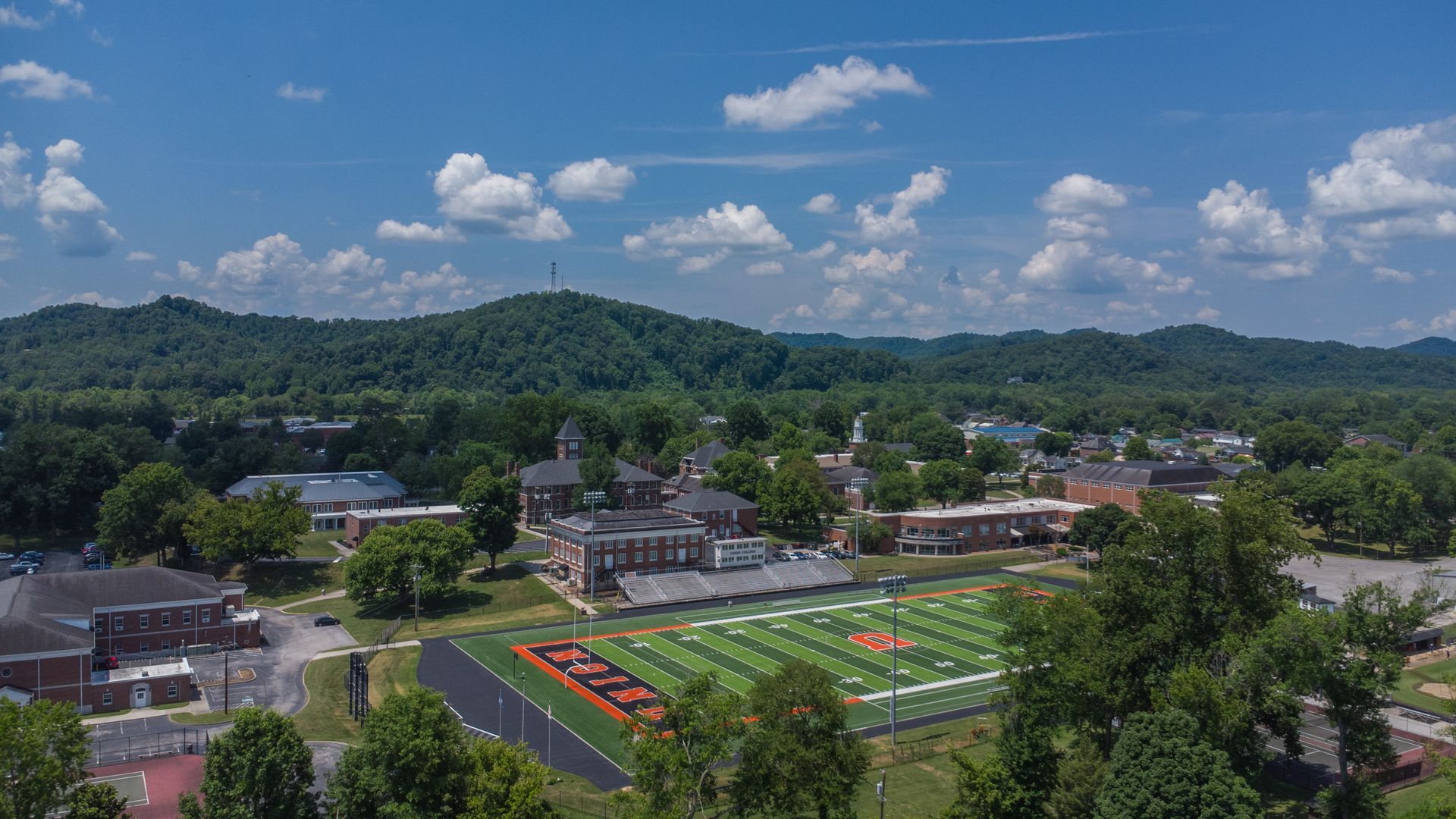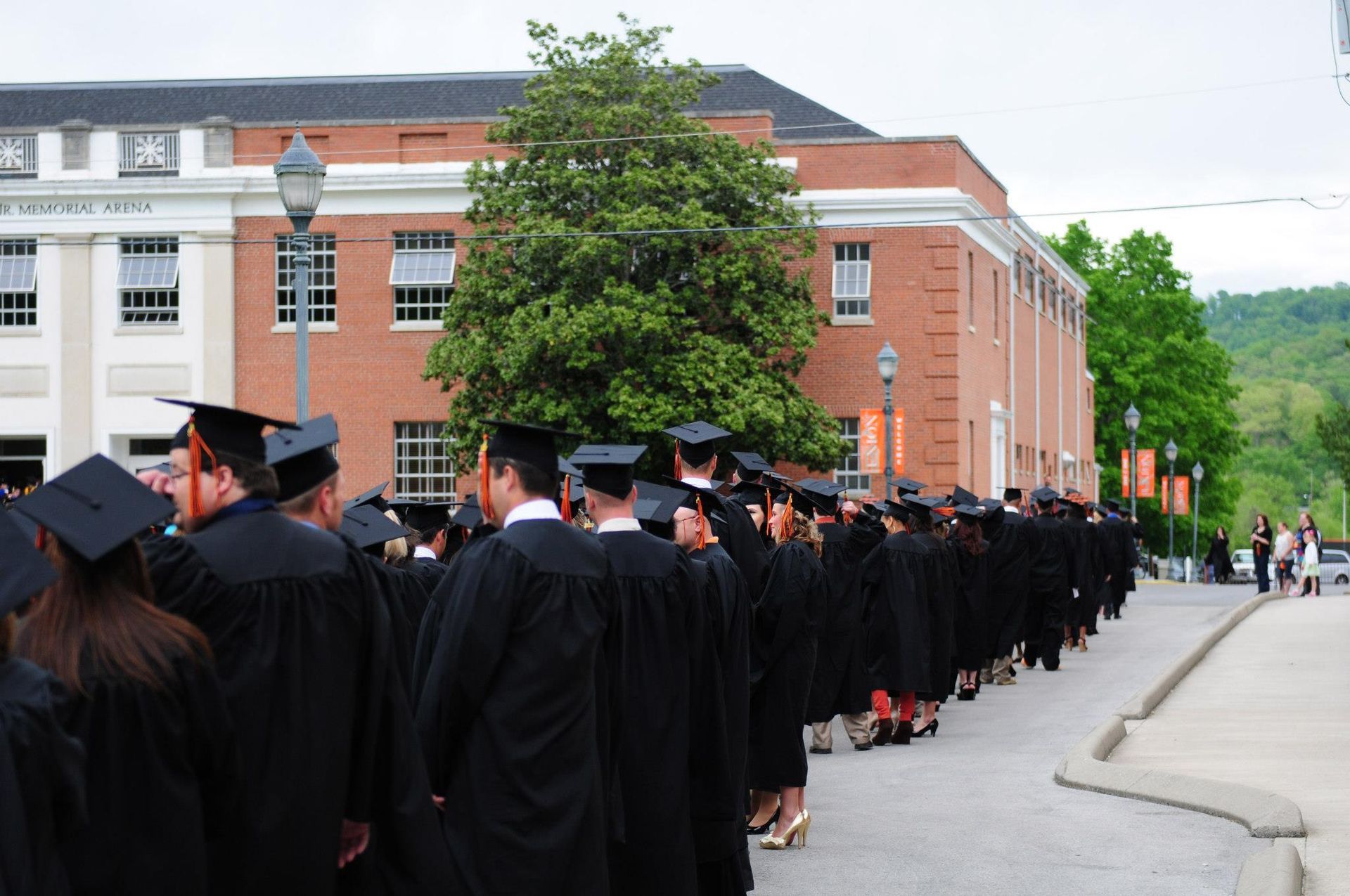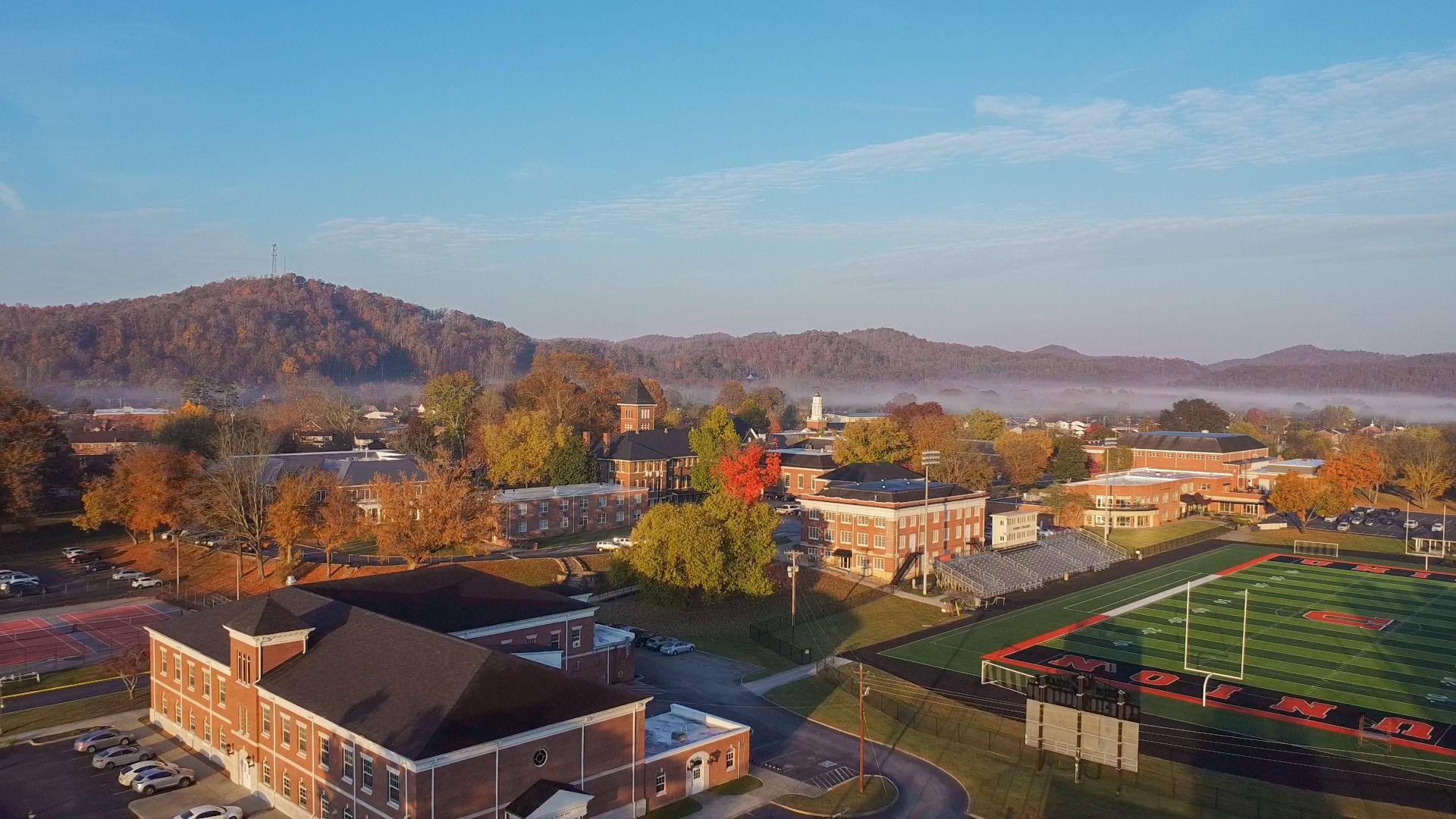This summer, on days off from her job as a veterinary assistant, Amelia studied bird populations at , a section of the conservation area managed by . In order to collect data during the birds’ most vocally active time of day – morning – Amelia and Megna set up camp overnight many times in June and July. They would travel to the area the night before, drive up the steep gravel road, and set up their tents at various wooded areas nearby. Amelia liked to pack fruit for breakfast until she realized it attracted bears.
“I had never seen bears that close before. They were just a few feet away,” she recalls. The first couple of nights she was nervous about sleeping in such a wild area, but as time went on, she became accustomed to the black bears. “I realized they’re just like big raccoons,” she says.
[PHOTO: Amelia compares her foot to a bear track]
Each morning of the study, Amelia and Megna hiked from their campsites to various designated points on to get a sampling of the diverse bird species in the area. Over several weeks, they visited each site multiple times to complete what is known as an avian point-count study. Sometimes, the roar of wind rolling through the dense foliage made it too difficult to hear the bird calls, and detections for the day were limited. Other times, when the weather was cooperative, they were eager to make up for it.
“We did 9 miles of hiking one day by accident,” Megna laughs. “You get excited going out, but then it’s like, oh no! We have to hike back now.”
Megna is an assistant professor of biology at AVͷ�Ȳ�, and in addition to her passion for studying birds, she is especially committed to two of AVͷ�Ȳ�’s core values: service and engagement. For her, this means helping students to make connections between their own interests and the world around them. It’s part of the learning process, she says, and it helps us to make meaningful choices about how we live our lives.
“I think we fall into the trap of thinking of college as the learning phase and after college as the engagement phase of a student's life,” she says. “Instead, these two are intrinsically connected.”

